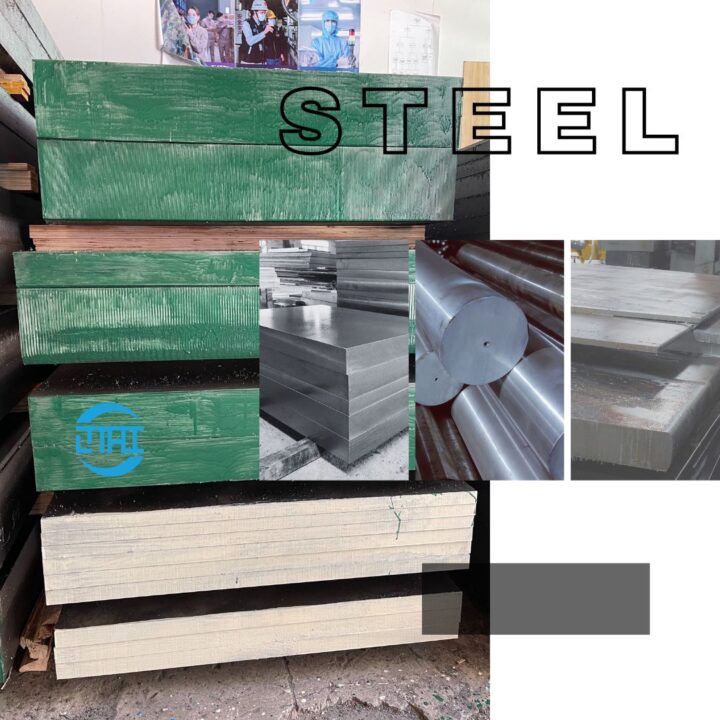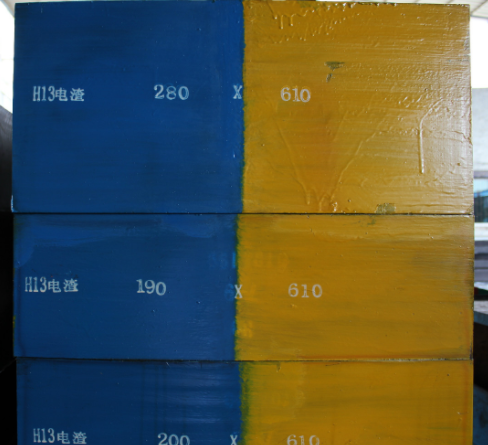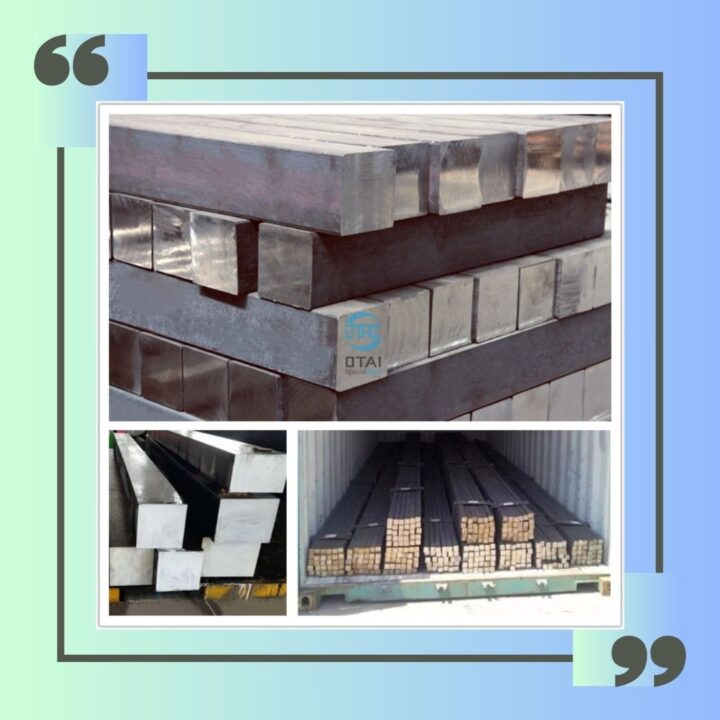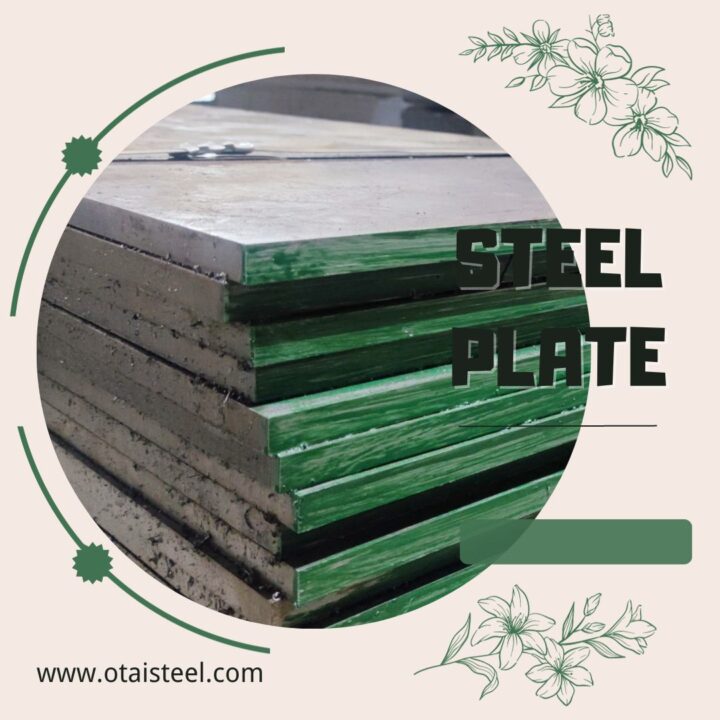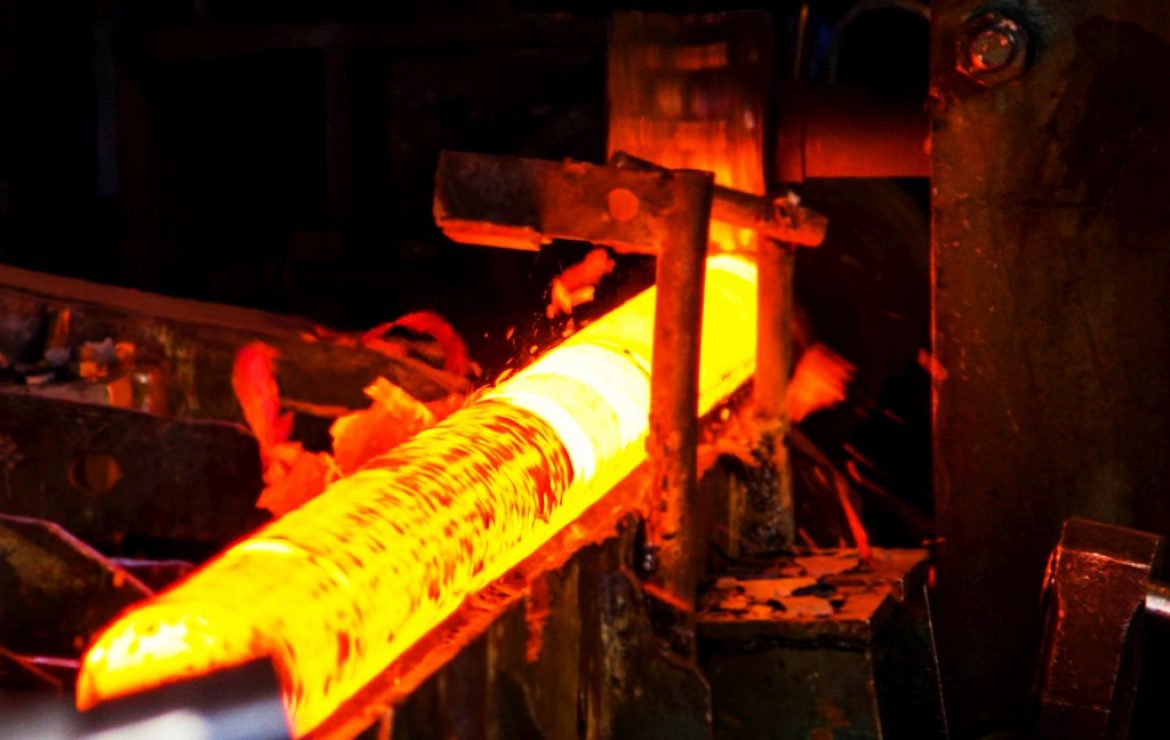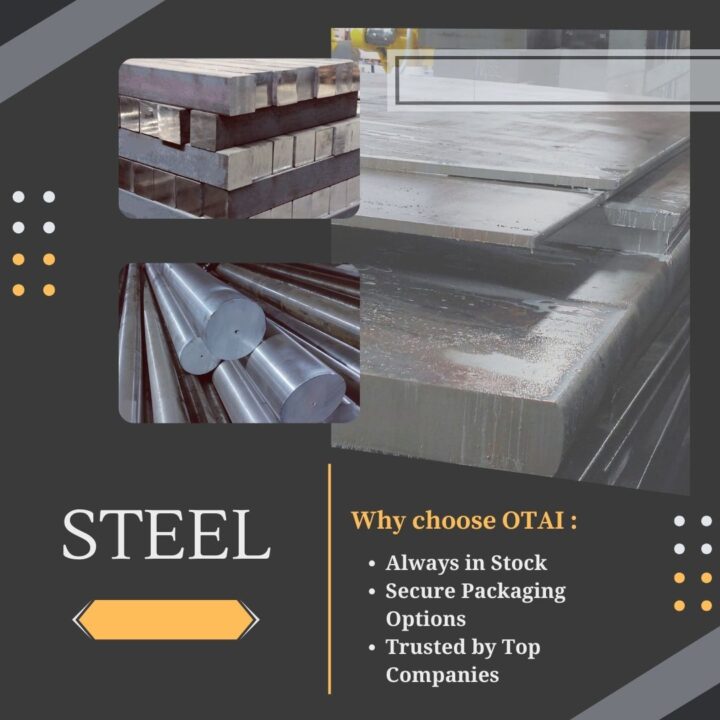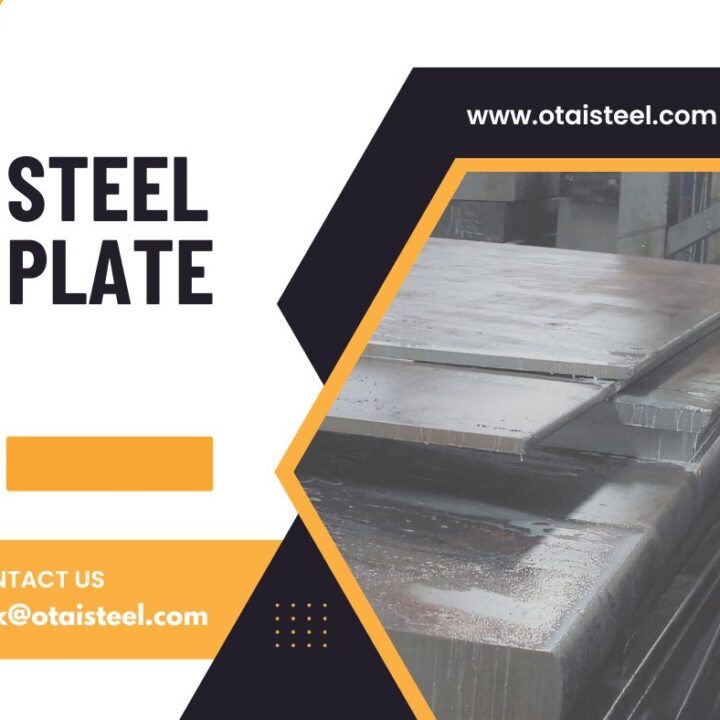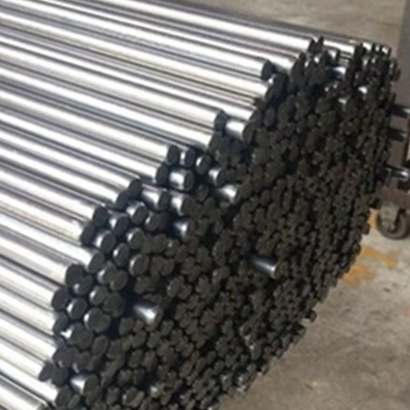In the ever-evolving landscape of materials engineering, few alloys have demonstrated the enduring resilience of 8620 material. This exploration delves into the intrinsic qualities that have propelled 8620 material to the forefront, standing resilient against the tests of time in various industries and applications.
Unveiling the Foundations: The Composition of 8620 Material
To understand its resilience, we begin with the composition of 8620 material. An alloy of nickel, chromium, and molybdenum, it embodies a harmonious blend that imparts remarkable strength, toughness, and wear resistance. This foundation sets the stage for its enduring performance across diverse environments.
Strength in Versatility: Adapting to Industry Challenges
One hallmark of resilience is adaptability, and 8620 material excels in this regard. From automotive components to gears and shafts, this alloy has showcased its versatility, seamlessly integrating into various applications. Its ability to withstand varying stresses and loads positions it as a reliable choice for industries facing dynamic challenges.
Machinability: Precision That Stands the Test
In the realm of manufacturing, the machinability of materials is a crucial factor. 8620 material’s exceptional machinability not only facilitates the production of intricate components but also ensures a level of precision that stands the test of stringent quality standards. This characteristic has contributed to its longevity in manufacturing processes.
Toughness Under Pressure: 8620 Material in Heavy-Duty Applications
Industries that demand heavy-duty performance consistently turn to 8620 material. Whether in the form of gears subjected to intense rotational forces or shafts bearing substantial loads, the alloy’s toughness under pressure is a testament to its ability to endure the rigors of demanding applications.
Corrosion Resistance: Defying the Ravages of Time
In environments where corrosion poses a constant threat, the corrosion resistance of 8620 material shines through. This attribute is particularly valuable in applications exposed to harsh weather conditions or corrosive substances, ensuring that the material withstands the ravages of time without succumbing to degradation.
The Automotive Endurance: 8620 Material in Drive Components
One of the industries where the resilience of 8620 material is prominently showcased is automotive manufacturing. The alloy’s presence in drive components, such as gear sets and transmission parts, speaks to its ability to endure the intense demands of the road, contributing to the longevity and reliability of vehicles.
Case-Hardening Capabilities: Prolonging Service Life
An additional layer of resilience is added through the case-hardening capabilities of 8620 material. This heat treatment process not only enhances surface hardness but also imparts a wear-resistant outer layer, prolonging the service life of components in applications where friction and wear are perpetual challenges.
Sustainability in Manufacturing: 8620 Material and the Circular Economy
Resilience is not solely about withstanding physical stresses but also adapting to changing paradigms. The sustainability of 8620 material in manufacturing aligns with the principles of the circular economy, contributing to a more environmentally conscious approach to material usage.
Conclusion: The Enduring Legacy of 8620 Material
In conclusion, the resilience of 8620 material is not a fleeting attribute but a testament to its enduring legacy. From its robust composition to its adaptability, machinability, and corrosion resistance, 8620 material has stood the test of time across industries, solidifying its position as a stalwart in the realm of materials engineering.
